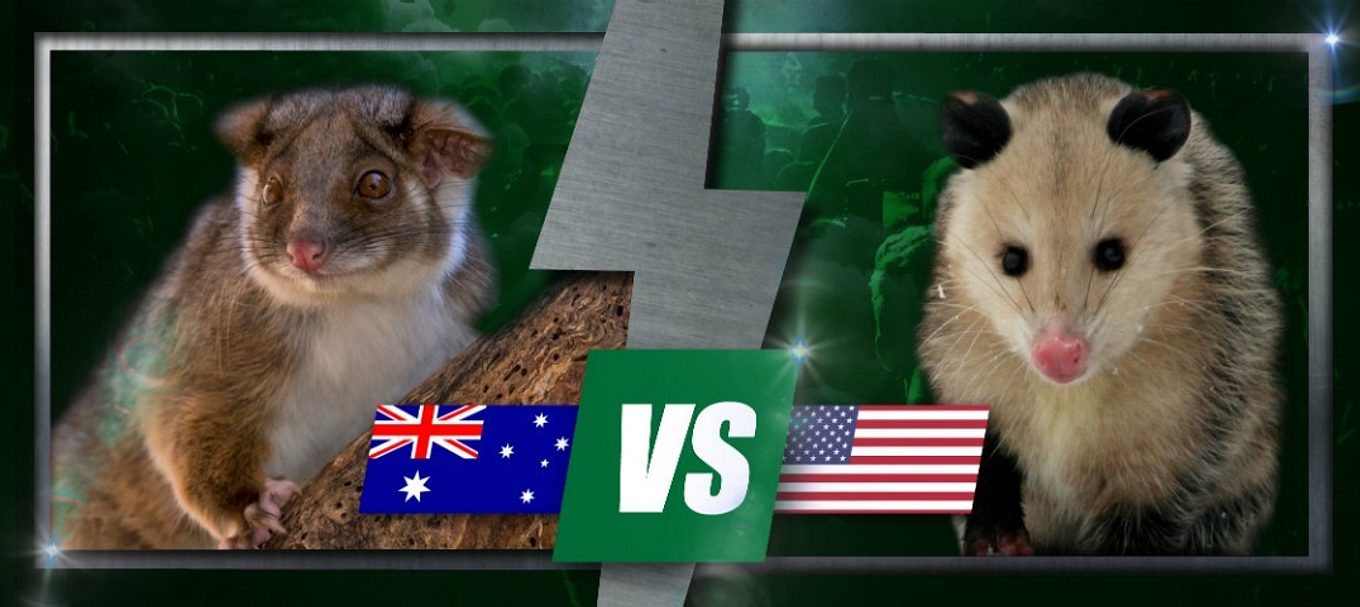
6 native animals that are better in SA
Australia and America have some animals with similar characteristics – some even have similar names – but we think Australian natives take the cake. Why? Because many of Australia’s native animals aren’t found anywhere else in the world.
Australia’s animals have evolved uniquely because the continent has been isolated for millions of years. Our great southern land is one of very few countries where you’ll find marsupials and the only country where you can find egg-laying mammals.
Gather up your South Aussie pride and check out our comparison of six Australian native animals versus six American ones.
1. Common ringtail possum (SA) vs. Virginia opossum (USA)
Both of these marsupials are tree-dwelling and nocturnal.
The Virginia opossum is well-known for its skills at playing dead, which we must say is a little impressive.
But, the ringtail possum is cuter and sweeter, because it’s the only species of possum where the male helps to care for its young. Clearly, Virginia opossum dads need to pick up their game.
You can spot common ringtail possums in and around Adelaide and the Adelaide Hills, on Kangaroo Island and in the South East. They live in forests, woodlands, dense scrub and also in suburban gardens.

2. Short-beaked echidna (SA) vs. North American porcupine (USA)
Both of these solitary animals have spines, are good swimmers and are nocturnal.
The porcupine is a short-legged, slow-moving rodent that charges potential predators backwards to painfully embed its spines into its attacker. Scary.
The echidna on the other hand is a fantastic mash up of animals. It has a beak like a bird, a pouch like a kangaroo, and lays eggs like a reptile. Its spines don’t easily fall out and are instead used for camouflage to hide from and deter predators.
Look out for echidnas across South Australia – they are sneaky hiders, but they are known to wander around during the warmer months. What’s even more special is that there is a species of echidna that only lives on Kangaroo Island. How’s that for unique!
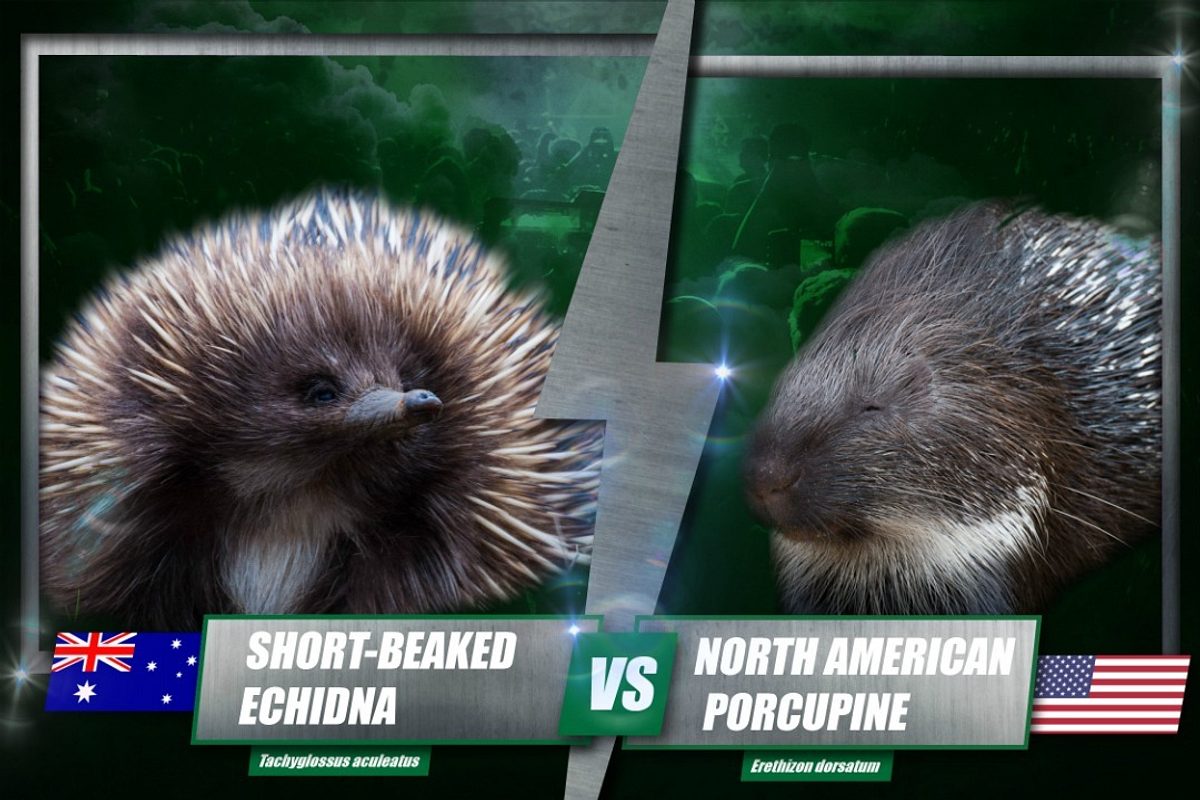
3. Australian magpie (SA) vs. American magpie (USA)
Magpies are not just found in Australia – there are actually 15 species worldwide.
Both the American and Australian magpie are known to be intelligent, mate for life with one partner, and are related to ravens.
Though the American magpie does have some pretty blue feathers, the Australian magpie takes the cake with its beautiful warbling song.
Australian maggies are found everywhere across SA.
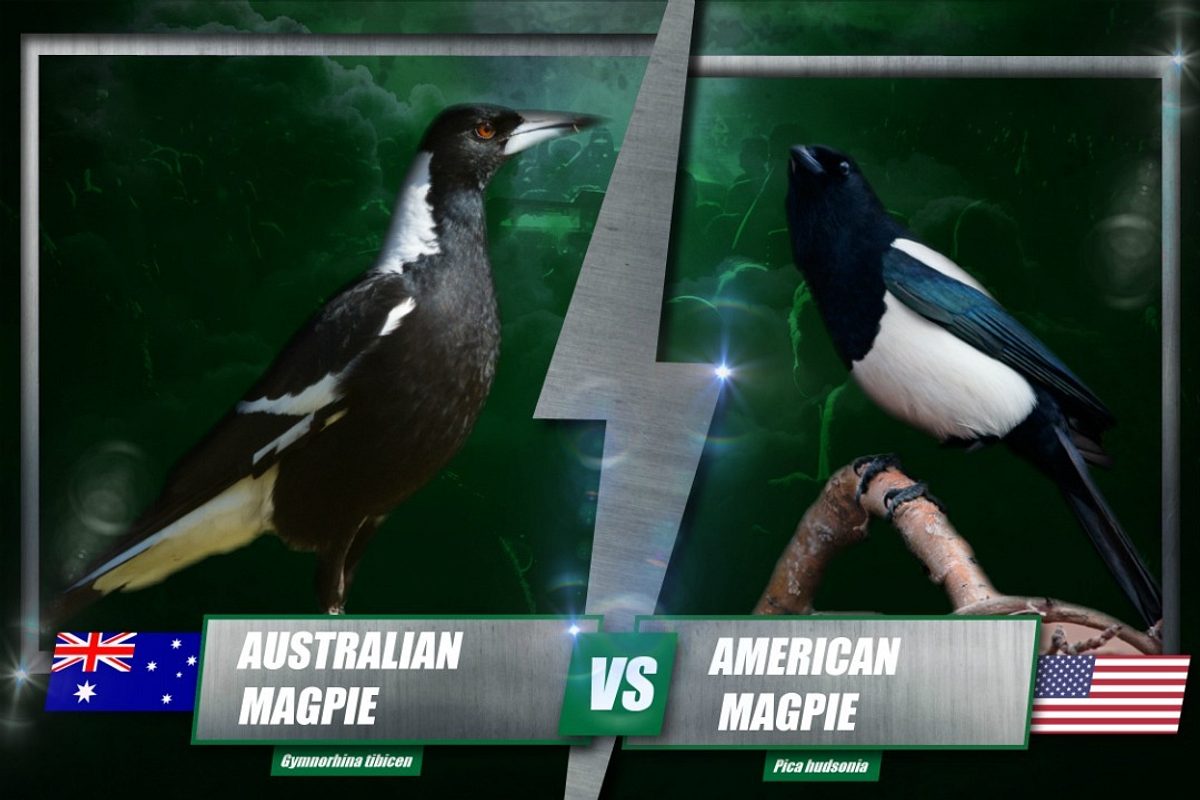
4. Dingo (SA) vs. coyote (USA)
Both of these species are considered pests by farmers, are opportunistic hunters and central to the dreamtime stories of their country’s indigenous cultures – namely, Australian Aboriginals and Native Americans.
Both are really interesting animals. Coyotes are excellent runners and are known to reach speeds of 65 kilometres hour.
The dingo does not bark and only howls. They are have beautiful sandy to golden-coloured coats, which mean they can blend in with their surroundings and stalk their prey.
What puts the dingo as the winner is that many dog breeds in Australia such as the kelpie and cattle dog have a little bit of dingo in them. A little bit of native dog in our domestic fur babies is a nice touch, right? As for coyotes, there are very few records of them breeding with domestic dogs.
Dingoes can be found across mainland South Australia, particularly in the northern areas.
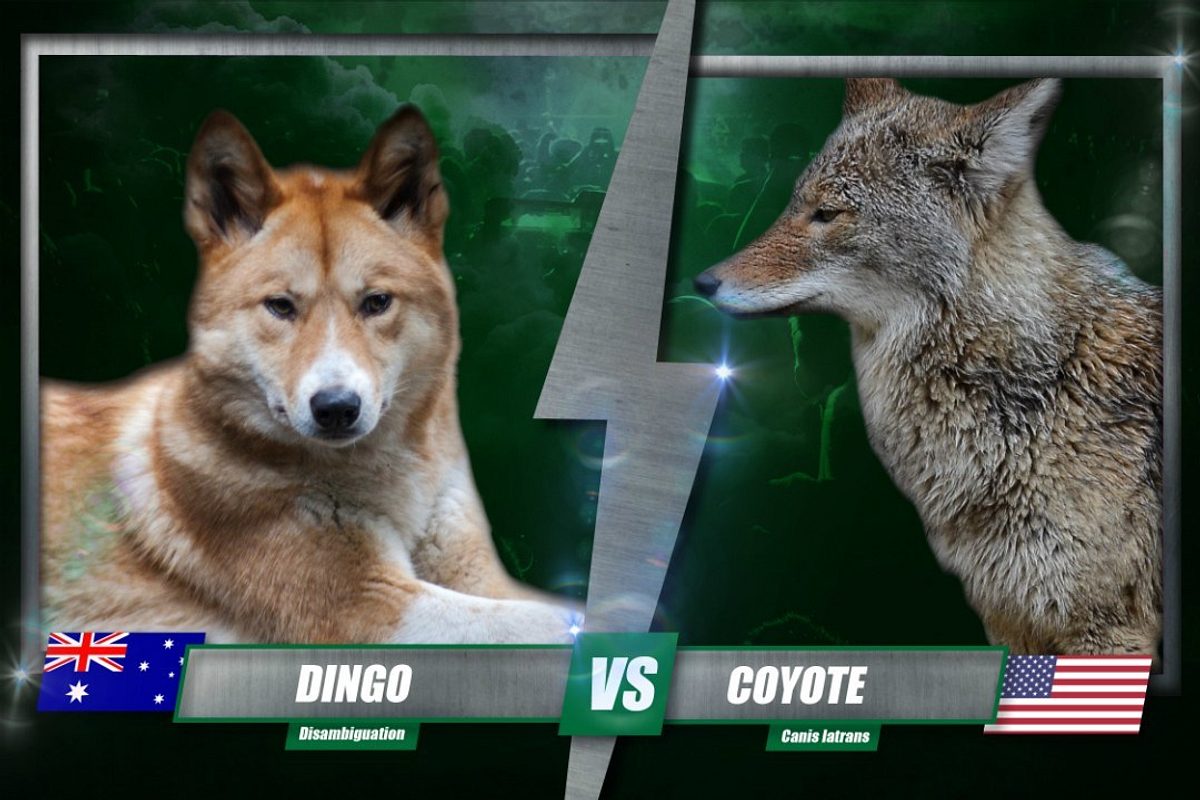
5. Platypus (SA) vs. North American beaver (USA)
Both animals have paddle-shaped tails, but beavers have poor eyesight and poor hearing while the platypus is very good at both. So it certainly wins on that front.
The beaver is clever. This rodent constructs dams to flood areas to access food and protection, and uses its tail to slap the water loudly to warn other beavers of danger and to frighten enemies.
But, the platypus’ tail can store up to half of the animal’s body fat in case of a food shortage. Now that’s handy.
Also worth a mention is that the platypus has a sleek and furry body like an otter, a flat bill and webbed feet like a duck and lays eggs like a reptile – such an individual.
Platypuses are very reclusive. They can only be found in the waterholes and rivers of Kangaroo Island but they might be in other areas of SA as well – we certainly hope so.
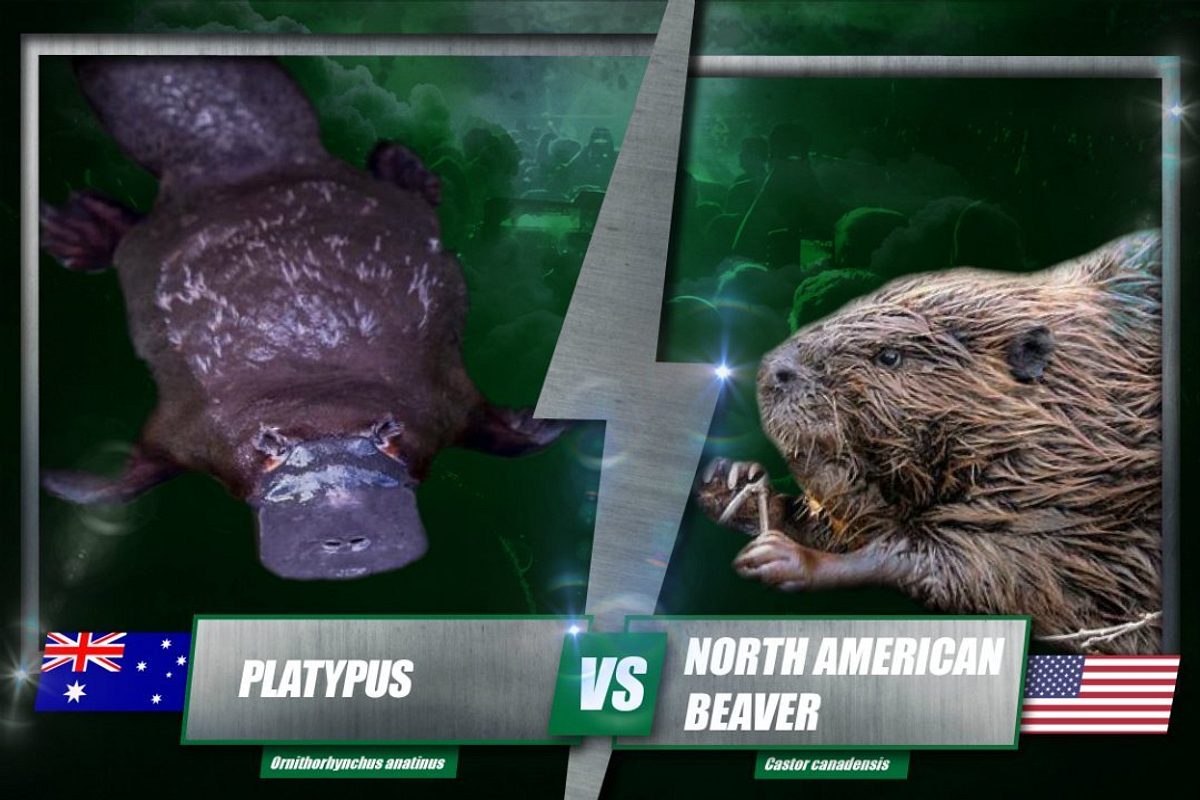
6. Southern hairy-nosed wombat (SA) vs. groundhog (USA)
Both animals are champion diggers, spend most of their time underground in complex burrow systems and are mostly solitary animals.
Groundhogs are active during the day, hibernate during the winter, and some groundhogs – like Punxsutawney Phil and Jimmy – are held responsible for predicting the start of spring each year in some American states. Those Americans and their rodents. Oh, and Jimmy bit the ear of the Mayor of Wisconsin a couple of years ago when giving his spring prediction.
But, the humble wombat can reach speeds of up to 40 kilometres an hour, is nocturnal, its poop is cube-shaped and its pouch is positioned backwards, opening toward the mother's rear rather than her head. This allows her to dig without getting dirt in her pouch. A much more practical animal, compared to the groundhog – which really isn’t very accurate with its weather predictions.
The southern hairy-nosed wombat can be spotted around grassy plains and open woodland across the southern portion of SA, from the Murraylands to the west coast.
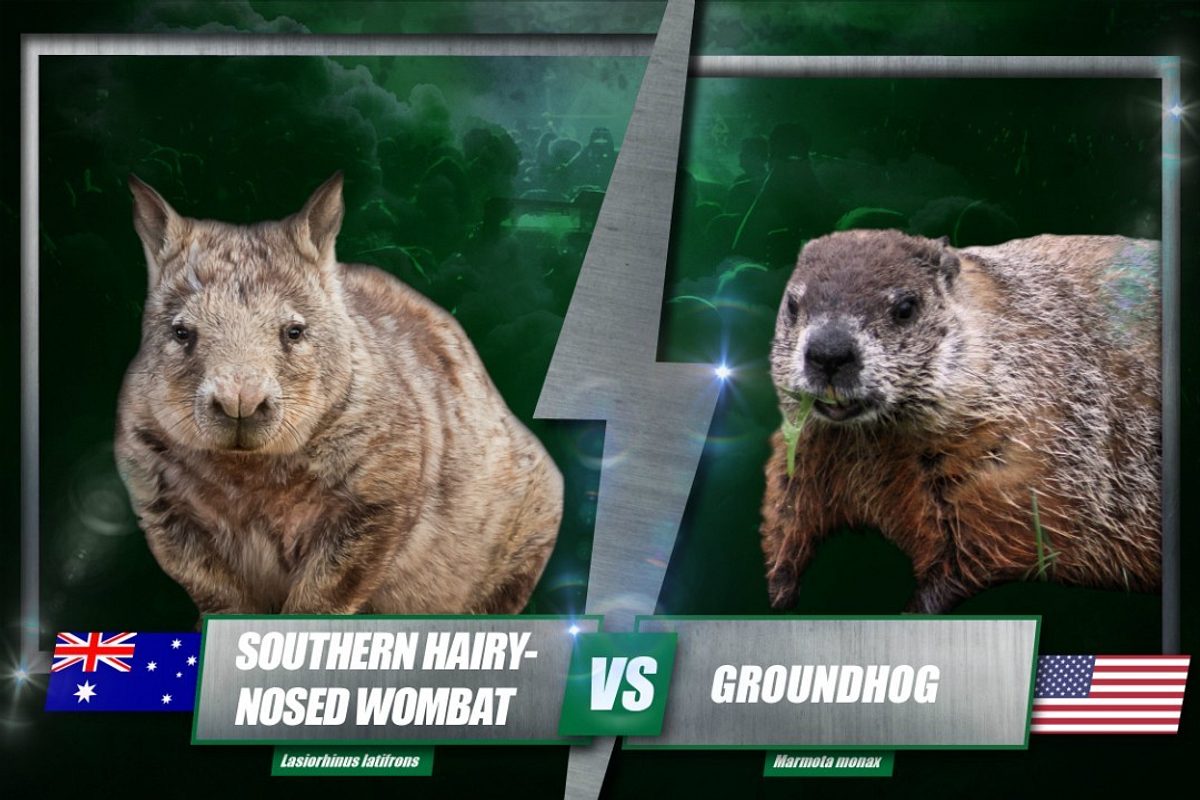
What do you think of our list? Let us know in the comments below. If you want to learn more about some of SA’s iconic species, check out our blog: 8 wildlife mysteries solved.





